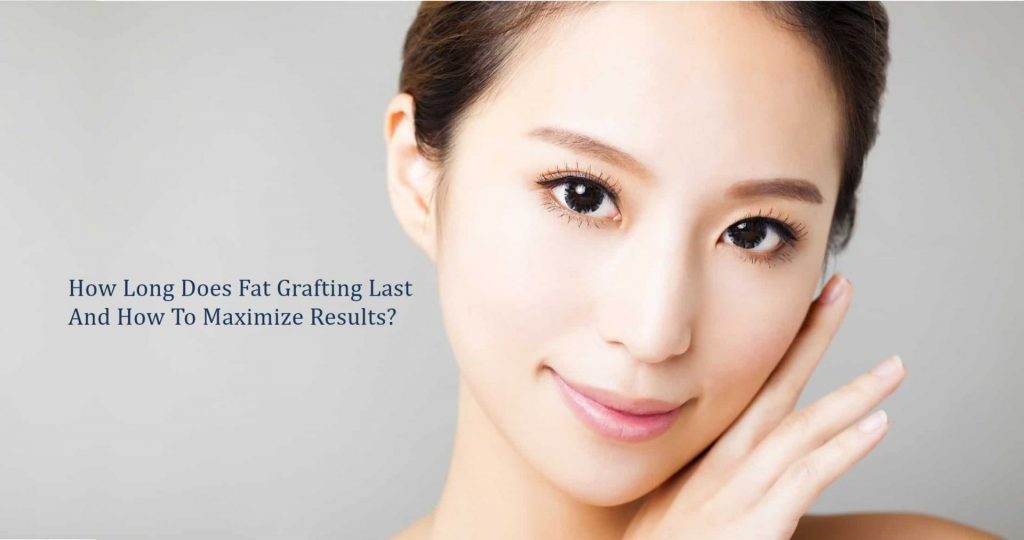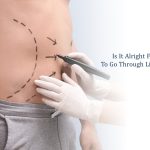Have you ever heard about fat grafting? These days a lot of men and women desire to have the curves of their bodies toned and well-shaped. To achieve this goal, they implement a lot of lifestyle modifications such as a change in their diet and exercise. Some of them also opt for plastic surgery.
Another option is fat grafting. If you want to have sculptured, rounded, and toned buttocks, thick thighs, and a more symmetrical face, it is now possible to achieve it using your own fat to fill those parts of your body.
What Is Fat Grafting?
Fat grafting is the procedure by which a surgeon replaces fat in the body by removing it from a different location in the body. It is sometimes also known as fat injections or fat transfer. The procedure is done to help improve that area of the body. The method involves extracting adipose fat by liposuctioning your thighs, belly, and buttocks, processing the fat, and then reinjecting that fat into the area of the body that needs improvement.
Which Areas Of The Body Can Benefit From Fat Grafts?
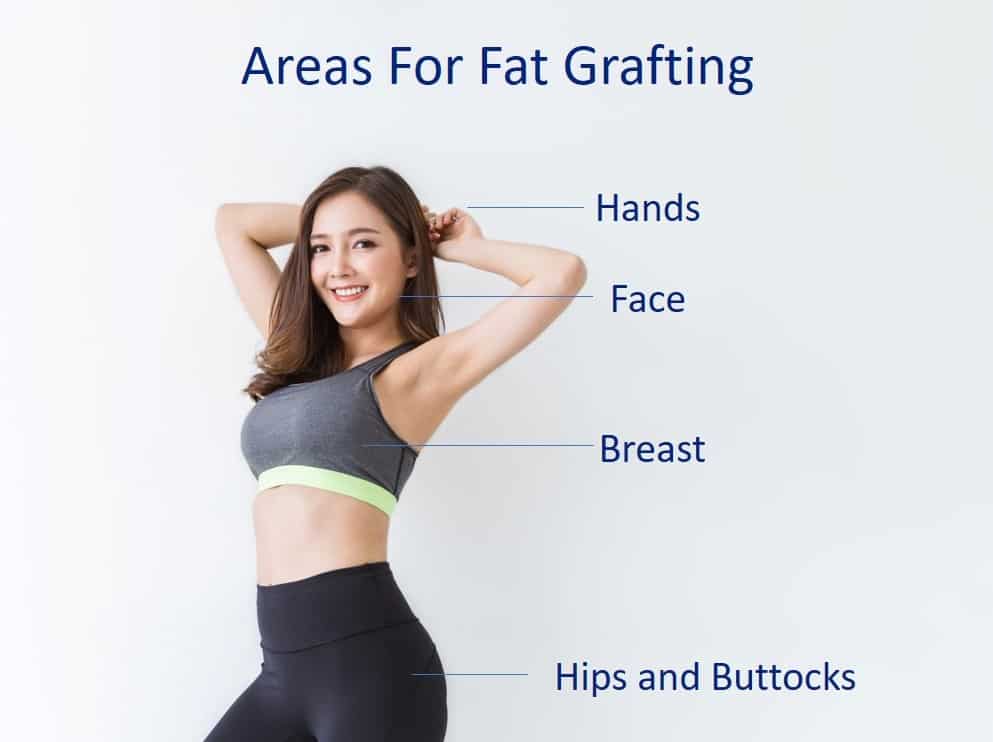 Fat grafting can be done in different areas of the body. Some of the common areas are the face, breast, and buttocks. Fat can also be grafted on the hands and feet. Following are some of the benefits of fat grafts in different areas of the body.
Fat grafting can be done in different areas of the body. Some of the common areas are the face, breast, and buttocks. Fat can also be grafted on the hands and feet. Following are some of the benefits of fat grafts in different areas of the body.
Face
Facial fat grafting restores a youthful appearance by adding volume to wrinkled and hollow areas of the face, such as the under-eye region and nasolabial folds—the lines around the nose and lips. This procedure also helps repair old scars, creates the appearance of higher cheekbones by volumizing the cheeks, and improves skin texture and appearance.
Breasts
Fat grafts can increase the breast size by one or two cup sizes, make the breasts more symmetrical, repair any damage caused by radiation and treat capsular contractures post breast implantation. These fat grafts also help correct scar deformities caused by lumpectomy or breast reconstruction.
Hips and Buttocks
The grafts add volume to the hips to achieve a more feminine profile and make the buttocks appear full and perkier. These augment the buttock size and provide a better waist-hip ratio.
Hand and Feet
Fat grafts help reduce wrinkles, provide padding in the feet that are very bony, and rejuvenate their appearance.
What To Expect After Fat Grafting?
You might experience some bruising and swelling, which can last somewhere around one to three weeks. You can also get some redness and edema at the injection site, which may also take up to 2-3 weeks to resolve. The longevity of results after fat graft varies from patient to patient, but, in general, most men and women can enjoy their new look for many years to come.
Results after fat transfer to the body are usually permanent, but it is very important to maintain a healthy weight as major fluctuations can affect the results.
How Long Do Fat Grafting Results Last?
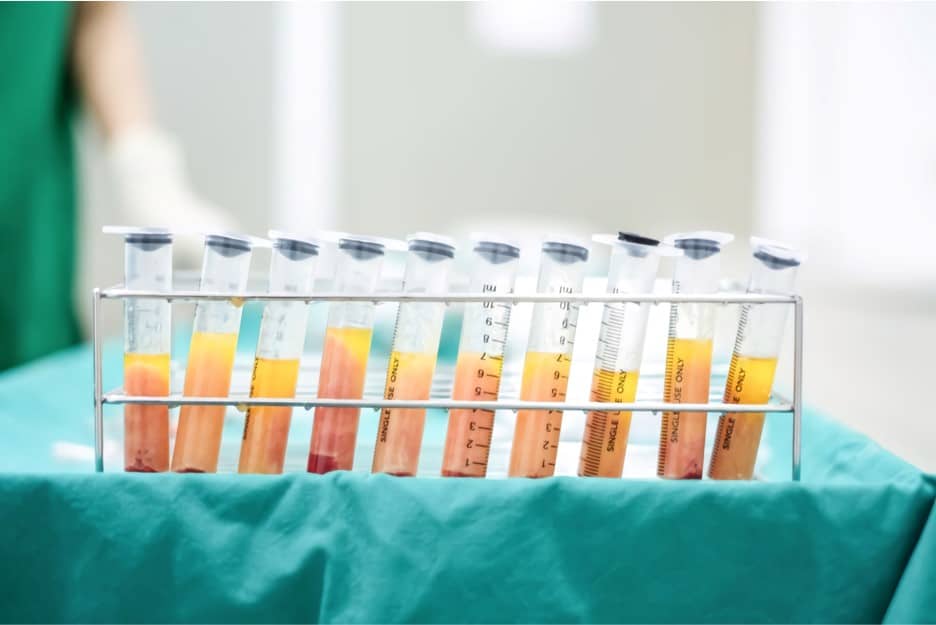 The results of fat grafting may vary among individuals. Results are often permanent and the procedure is properly performed by a certified plastic surgeon. The injection of fat cells into the body is permanent because the body assumes that the fat was produced by itself. These fat cells develop their own blood vessels to survive, and the body keeps this fat instead of trying to eliminate it.
The results of fat grafting may vary among individuals. Results are often permanent and the procedure is properly performed by a certified plastic surgeon. The injection of fat cells into the body is permanent because the body assumes that the fat was produced by itself. These fat cells develop their own blood vessels to survive, and the body keeps this fat instead of trying to eliminate it.
The survival of the fat and how long the results will last depends on different reasons. It depends on the surgeon and the technique used to obtain the fat, the fat purification process after collection, and also how the fat is transferred.
Fat survival depends on blood supply. Fat survives best in areas of the body where there is an abundant blood supply. This is one reason why the fat transferred to the face lasts longer as our face is well vascularized that allowing the fat to survive.
However, this doesn’t mean that all the fat survives on the same level, or results will be maintained forever. As time goes on, patients may need additional treatments to continue looking youthful.
It is also important to note that not all of the transferred fat cells survive. Around 70% of the fat cells that are transferred will remain, while the body absorbs the rest of the 30%. This usually occurs the first few weeks after surgery. This is because the injected fat cells have not yet settled. After the blood vessels are formed, the transplanted fat cells remain, and the results become permanent.
Factors that Affect the Longevity of Fat Grafting Results
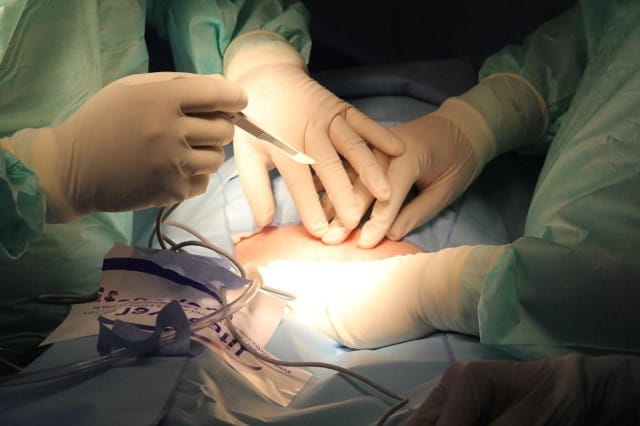 There are different factors that impact the longevity of fat grafting results, including:
There are different factors that impact the longevity of fat grafting results, including:
The Surgeon’s Skill
It depends on the skill of the surgeon you choose and how he harvests the fat, purifies it, and then how and where the fat is injected—the more skilled and knowledgeable the surgeon, the longer-lasting the results.
The Technique Used
It also depends on the technique that is employed to graft the fat. Micro-fat grafting, although labor-intensive, is a more ideal process that ensures that a higher percentage of fat cells survive the grafting process.
The Body’s Adaptability
How well your body adapts to the transferred fat – As mentioned previously, injected fat must get a new blood supply from your body to receive all the nourishment that is needed for fats survival. When this blood supply is established, results are often permanent.
How to Prolong and Maximize Results From Your Fat Grafting Procedure?
Even though the longevity of fat grafting results varies from person to person, in general, most individuals can enjoy their new look for many years to come. There are many things that you can do to prolong the results of your fat transfer procedure, but the most important factor is to avoid significant weight fluctuation.
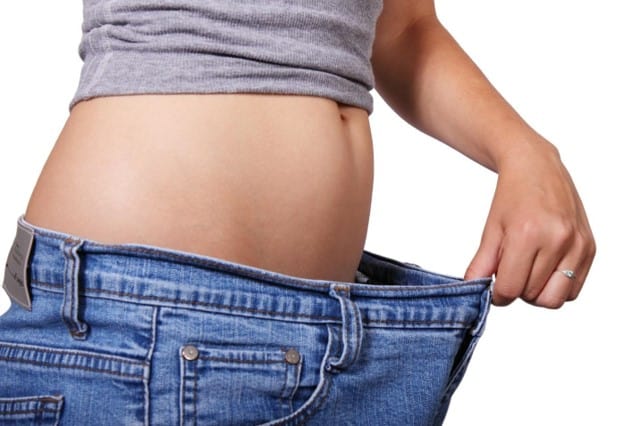 Avoid Extreme Weight Fluctuations
Avoid Extreme Weight Fluctuations
A large amount of fluctuation in your weight, such as weight gain or weight loss, will make the transplanted fat cells swell or shrink. This change in weight can severely compromise your grafting results and lead to the need for repeating procedures in the future.
To prolong your fat transfer results for as long as possible, you should follow some tips to help you in the short and long term.
Try not to gain extra weight on purpose before your fat transfer procedure. You should also adhere to your surgeon’s post-operative instructions closely and completely.
Ideally, maintain a stable weight, avoid gaining or losing too much weight, eating a healthy diet, and exercising regularly.
Do bear in mind to avoid applying direct pressure to the area where the fat cells have been transferred.
Fat Processing Methods
Studies have shown that fat processing methods before its grafting into the body also play an important role in determining the longevity of the fat graft. For example, one such study compared three fat processing methods, which included filtration, cotton gauze rolling, and centrifugation. While the filtration method involved the passage of the fat through an 800 micrometer filter, the centrifugation method involved the fat being centrifuged at 3000 rpm. The third method tested in the study involved gentle rolling of the fat onto a non-adhesive gauze of cotton for 5 minutes, after which it is gently grafted. The results showed the cotton gauze rolling method to be most effective, with a 70% retention rate. (3)
Who Should Consider Fat Grafting?
Both men and women can be considered for a fat grafting procedure. The best candidates for fat grafting are those who do not smoke and have a healthy lifestyle. An ideal patient should also have enough excess fat on their body that can be used in the transfer process.
The best way to determine if you may qualify for a cosmetic fat transfer procedure is to be evaluated by an experienced and certified plastic surgeon.
Conclusion
Fat grafting is considered to be a safe procedure for the improvement of the curves of your body. It uses your own fat by removing it from an area where you have an excess of it and transferring it to an area where you want it. Other complementary treatments to further improve the results might be recommended by your doctor or plastic surgeon, depending on your beauty goals.
Consider speaking to Dream’s board-certified plastic surgeon and aesthetic doctors to understand more about fat grafting and other procedures.
About Dream Aesthetics and Plastic Surgery
Bespoke surgical for cosmetic or medical reasons is what Dream covers to bring out the beauty in every individual. Going beyond the aesthetics and working on physical anomalies are what we value the most in leading our patients to cherish self-improvement and confident lifestyles.
Derived from Associate Professor Vincent Yeow’s long-standing experience performing plastic surgery in Singapore, our treatment plans deliver physical remodelling in our patients’ favour. One of the notable remodellings is droopy eyelid correction. The ptosis surgery used for treatment eventually fixes drooping eyelids, improves vision and enhances appearance.
Most importantly, as a trustworthy plastic surgery and aesthetic clinic, we treasure positive and natural outcomes for each individual. We will ensure to deliver the beauty refinement of your dream without compromising your safety and privacy.
Reference:
1.Kim HS, Choi CW, Kim BR, Youn SW. Effectiveness of Transconjunctival Fat Removal and Resected Fat Grafting for Lower Eye Bag and Tear Trough Deformity. JAMA Facial Plast Surg. 2019;21(2):118-124. doi:10.1001/jamafacial.2018.1307
2.Kwiatkowska K, Krapohl BD, Tanzella U, Ueberreiter K. Long-term clinical results and quality of life in patients undergoing autologous fat transplantation for breast augmentation using the BEAULI™ protocol. GMS Interdiscip Plast Reconstr Surg DGPW. 2019;8:Doc10. Published 2019 May 22. doi:10.3205/iprs000136
3.Fisher C, Grahovac TL, Schafer ME, Shippert RD, Marra KG, Rubin JP. Comparison of harvest and processing techniques for fat grafting and adipose stem cell isolation. Plast Reconstr Surg. 2013 Aug;132(2):351-361. doi: 10.1097/PRS.0b013e3182958796. PMID: 23584621.

